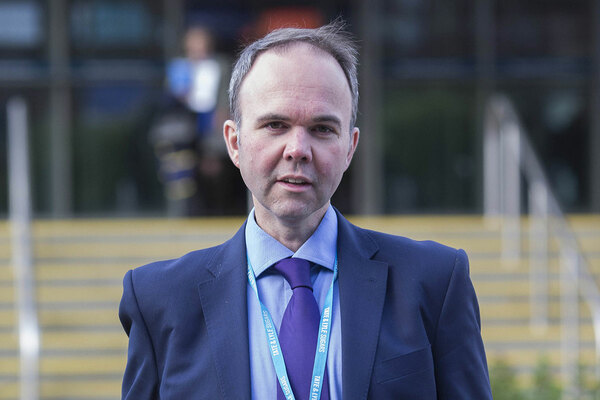The building regs specify all sorts of things and get changed from time to time.
Funny you should mention that. The problem of flammable cladding was repeatedly raised to Housing Ministers, who did nothing about it. One said he did not want the department to be diverted from its important bureaucracy by making changes.
Only after 70 were roasted alive in Grenfell did public anger force them to pay attention.
"
The state failure to prepare for tower block fires goes back decades. Fires in Merseyside and Scotland in the 1990s provided stark warnings, and unpublished tests commissioned under New Labour showed how poorly the cladding used on Grenfell performed in a fire.
However, perhaps the most crucial moment in the narrative being pieced together by the inquiry is the
Lakanal House fire in 2009, in Camberwell, south London, which killed six people. This should have been a turning point for setting out clear and comprehensive regulations. In 2013, the coroner investigating the fire made a number of recommendations to the government. Ministers were advised
to review a document called Approved Document B, which provides guidance on the fire safety part of the building regulations.
Pickles, the housing secretary at the time, agreed to a review, but set a deadline of 2016-17. In reality, the review
had barely started by the date of the Grenfell fire in 2017.
This delay proved fateful. Since Grenfell, ministers have insisted that the building regulations did not allow for combustible cladding to be installed on high-rise buildings, shifting the blame to industry. However, confusion over Approved Document B led many in industry to believe this type of cladding was permitted. More than 480 high rises in England have now been
found to contain the same type of cladding as Grenfell Tower, while many more contain other dangerous claddings.
One stark example includes an email sent from a cladding manufacturer to the civil servant responsible for Approved Document B, that warned “confusion and misunderstanding” over the building regulations was leading to a situation of “grave concern” and
called for clearer guidance to be issued. Meanwhile, successive ministers between 2014 and 2017 were sent
more than 21 letters from a group of MPs, led by the late David Amess, that warned a review of the guidance must be carried out urgently before another deadly fire occurs.
Given these warnings, the government still dragged its feet on reviewing Approved Document B. The civil servants with responsibility for the building regulations certainly have a lot to answer for. Much more should have been done to raise the alarm.
However, the failures of officials must be understood within the context of the deregulation agenda of the time. In January 2012, Cameron announced that his “new year resolution” was to “kill off the health and safety culture for good”. “We need to realise, collectively, that we cannot eliminate risk and that some accidents are inevitable,” he
wrote in the Evening Standard in April of that year.
He tasked the civil service with a “one in, one out” rule for departments wishing to introduce new regulations. This was toughened to “one in, two out” in January 2013 and “one in, three out” in 2016."
Cameron wanted "a bonfire of regulation."
He got a bonfire all right.
Despite weeks of evidence about safety deregulation, those who were in charge seem convinced they are above reproach, says Inside Housing’s Lucie Heath

www.theguardian.com





